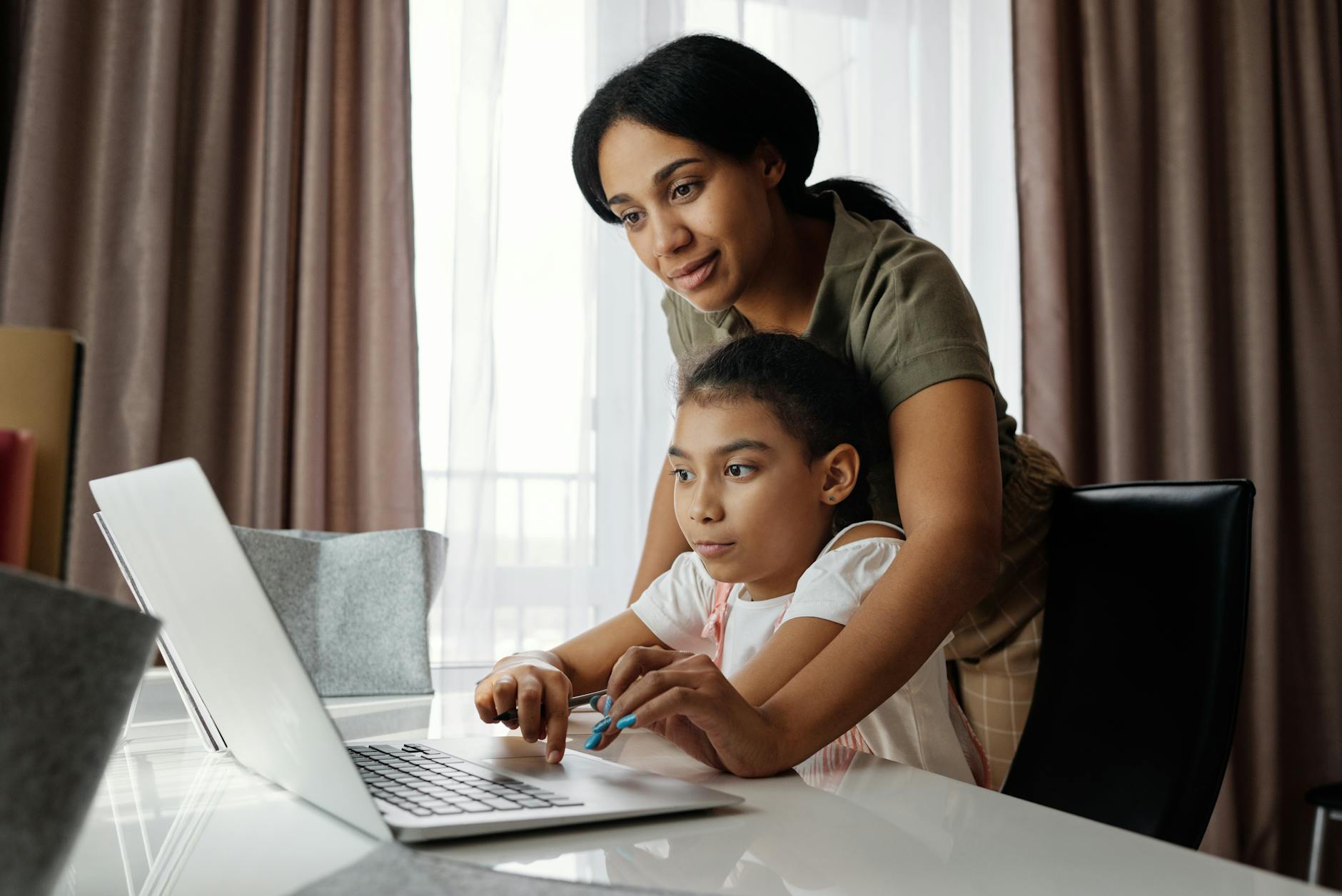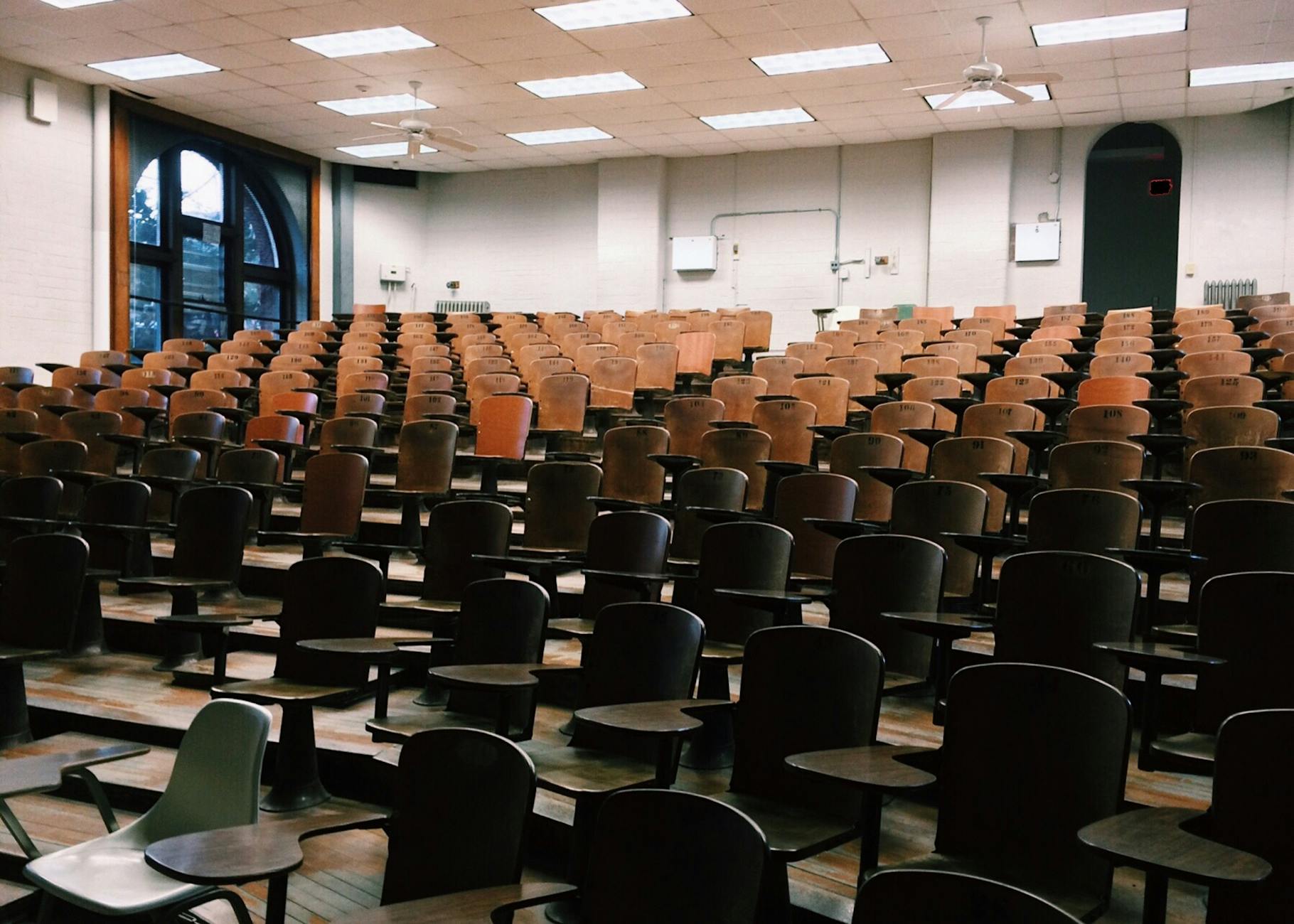What Makes Early Childhood Education Unique in Australia

Australian Early Childhood Education
Cultural Influences and Diversity
In the vibrant landscape of Australian early childhood education, cultural influences are profoundly significant. Diverse backgrounds contribute to a rich tapestry of learning experiences, offering children a multifaceted view of the world. Encouraging diversity within educational settings not only opens up opportunities for cultural exchange but also fosters understanding and respect among young learners. This comes into play significantly in Melbourne, a city celebrated for its multicultural essence; just think about a stroll through the Royal Botanic Gardens where you might encounter various cultural experiences and activities.
Regulatory Frameworks
Navigating the regulatory frameworks in Australian early childhood education is essential for anyone working in the field. These frameworks provide the guidelines and standards necessary to ensure high-quality care and education. Compliance with these regulations ensures that all learning environments meet national standards, creating a safe and nurturing space for young minds to flourish. Completing relevant courses, such as a certificate iv in mental health, can be beneficial for educators aiming to create inclusive and supportive classroom environments.
Curriculum Standards
Australian early childhood curriculum standards are designed to lay a strong educational foundation, emphasizing areas such as literacy, numeracy, and social-emotional development. These standards are crucial in structuring educational programs that are both engaging and academically sound. Innovators in education closely follow these guidelines while remaining flexible enough to incorporate local cultural content and activities, such as aged care training, to equip children with a well-rounded early education experience.
Innovative Teaching Practices
Technology Integration
Incorporating technology in early childhood education offers numerous benefits, but it requires thoughtful implementation to be effective. One exciting trend is the use of interactive learning apps that engage children through gamified educational content. These apps offer personalised learning experiences that adapt to each child's progress, making the learning journey more dynamic and engaging. At the Melbourne Meditation Centre, mindfulness sessions encourage educators to integrate digital tools thoughtfully to nurture children’s well-being.
Collaborative Learning
Fostering a collaborative environment can significantly enhance social skills and team-building capabilities among children. Consider activities that encourage group problem-solving, such as small group projects or interactive storytelling sessions. These activities not only promote collaboration but also creative thinking. By observing and facilitating during these sessions, educators can assess children's communication skills and group dynamics, providing targeted support as needed.
Play-Based Approaches
Play-based learning remains a cornerstone of effective education practices, offering a hands-on approach that encourages exploration and creativity. In play settings, children can simulate real-world scenarios, which helps develop cognitive and social skills. To optimise this, educators should create a balanced schedule that provides ample free playtime while integrating structured activities. This method, complemented by resources like aged care courses online and mental health courses, can provide a compassionate and inclusive environment that supports holistic development.
Supporting Educator Development
Professional Growth Opportunities
As someone focused on elevating the quality of education at a childcare center, professional growth opportunities are crucial. It's about finding the right balance between managing your operations effectively and broadening your expertise through advanced aged care online courses. These online resources allow educators to learn at their own pace, integrating the latest educational techniques into daily practice.
Training and Workshops
Staying updated with current trends is vital. Engaging in regular training sessions and workshops can help you do just that. For example, attending workshops at the Melbourne Meditation Centre can enrich your understanding of holistic child care approaches. Participating in mindfulness sessions can offer fresh insights that you can adapt, benefiting both educators and the children under your care.
Leadership in Education
To lead effectively in an educational environment, pursuing strategic leadership courses is essential. This could include exploring childcare courses online to ensure you are always aligned with industry advancements. Leadership isn't just about managing day-to-day activities but also about inspiring your team to innovate. Regularly updating your skills reflects positively on your commitment to maintaining an environment where children can thrive.
Engaging consistently in professional development activities not only ensures that you remain knowledgeable about the latest in early childhood education but also enhances your ability to modernize your center. This ongoing learning culture fosters an environment where educators and children can achieve their best.
Child-Centric Environments
Designing Stimulating Spaces
Creating a vibrant atmosphere in early childhood education settings allows children to thrive. A stimulating space can invigorate curiosity and foster developmental growth. Start by incorporating natural elements like plants to provide a sense of calm akin to the tranquility found in the Royal Botanic Gardens. This approach might ease anxiety and aid early childhood education by encouraging sensory exploration.
Encouraging Creativity and Exploration
At the heart of every effective child-centric environment lies an opportunity for creativity. Spaces should have a flexible design that invites exploration. Incorporating elements such as open-ended play materials or themed play areas can spark imaginative scenarios. It's like offering a blank canvas where children can paint their own learning adventures. Observing how they interact in such environments can unveil insights into their cognitive and social development.
Balancing Safety and Freedom
Balancing safety with the freedom to explore is crucial for meaningful learning experiences. While it's important to ensure that environments are secure, children must feel free to make choices and take small, calculated risks. This balance prepares them for real-world scenarios. As a professional with a diploma of community services, harnessing this equilibrium is paramount in fostering both independence and security in young learners.
Designing child-centric environments that consider these facets can lead children to a more enriched and balanced development, aligning with the values prioritised in modern educational practices.
Best Practices
Continuous Improvement Models
In navigating the dynamic landscape of early childhood education, implementing continuous improvement models can be a transformative approach. By fostering a spirit of reflection and adaptation, these models ensure that both educators and learners thrive. Imagine creating developmental strategies akin to the peaceful walks through the Royal Botanic Gardens, where every step is reflective and intentional. Regular assessments, feedback loops, and targeted action plans are pivotal. A well-structured approach not only uplifts educator capabilities but significantly enhances children's learning experiences.
Building Community Partnerships
Enhancing the early childhood education system requires robust community partnerships. By collaborating with local organisations and mental health support groups in Fitzroy, educational institutions can develop comprehensive programs that cater to the diverse needs of children and families. Picture this as a community mindfulness session at the Melbourne Meditation Centre—each participant bringing unique insights and strengths to the table. Schools can enrich the educational experience by engaging parents, businesses, and community leaders, resulting in a network of support that drives collective progress.
Adapting to Emerging Trends
As new trends emerge, the ability to adapt becomes crucial for educators. Aligning teaching methods with cutting-edge strategies ensures relevancy and effectiveness in education. This involves not only incorporating technology but also embracing holistic practices that support children's mental health and well-being. Just as mindfulness requires being present, educators must remain attuned to shifting trends, ensuring their approaches resonate with current educational standards. By staying flexible and receptive, we can foster environments where children's curiosity and creativity are constantly nurtured.


